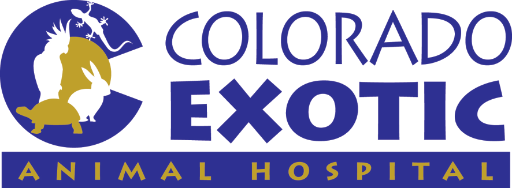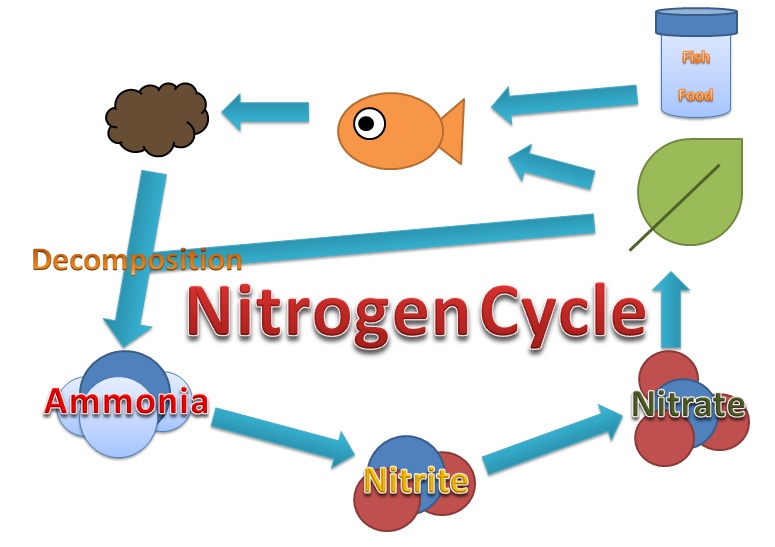Understanding the Nitrogen Cycle
 Nitrogen is an important element found in nature and is critical for many biologic functions. The nitrogen cycle is the natural process by which nitrogen compounds are converted between various forms. Gathering a basic understanding of how the nitrogen cycle works can help you keep your fish or aquatic turtle healthy and happy.
Nitrogen is an important element found in nature and is critical for many biologic functions. The nitrogen cycle is the natural process by which nitrogen compounds are converted between various forms. Gathering a basic understanding of how the nitrogen cycle works can help you keep your fish or aquatic turtle healthy and happy.
Aquatic animal waste and uneaten food is broken down into two chemical compounds: Ammonia (NH3) and ammonium (NH4. Ammonia is toxic to fish, while ammonium is far less toxic unless in extremely high levels. The amount of waste that is broken down into each type depends on the pH of the water. In more acidic water (pH less than 7) more waste becomes ammonium. In more alkaline water (pH greater than 7) more becomes ammonia. If left unchecked ammonia will build up to levels dangerous to aquatic life. Ammonia is removed from the water through a bacteiral process called nitrification. Nitrification is done by nitrifying bacteria which break down ammonia into nitrite. Nitrites are still toxic to aquatic life, but less so than ammonia. A second set of nitrifying bacteria then further break down nitrite into nitrate, which is the least toxic of the of the three compounds. Nitrate levels are best controlled by doing regular partial water changes. For more information on performing water changes on your aquarium visit Performing Aquarium Water Changes.
It is important to test your ammonia, nitrite, and nitrate levels on a regular basis to make sure your tank's nitrogen cycle is functioning properly. For more information on water testing please visit The Importance of Water Quality Testing in Aquatic Animal Health.
The most important thing to understand about the Nitrogen Cycle is that the bacteria necessary to convert ammonia to nitrite and then nitrite to nitrate take time to grow an establism in the system. Before the bacteria population matures you tank will have problems commonly referred to as "New Tank Syndrome" if you add too many animals to your tank too quickly. Visit our Correcting Water Quality Problems page for more information on how to help with this syndrome. For more information on how to properly add animals to your new aquarium visit Cycling a New Aquarium.


